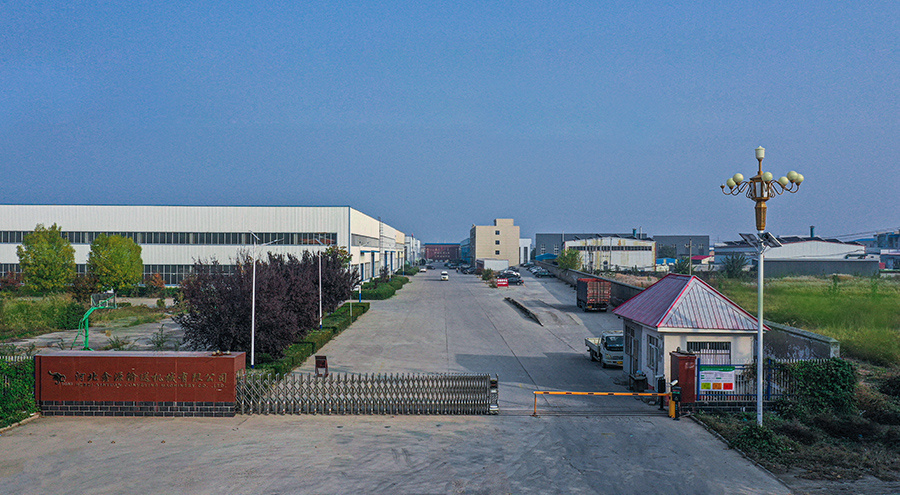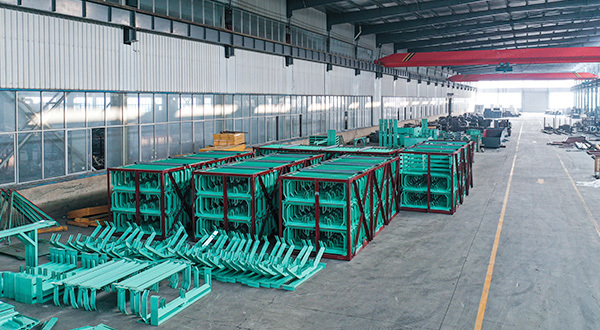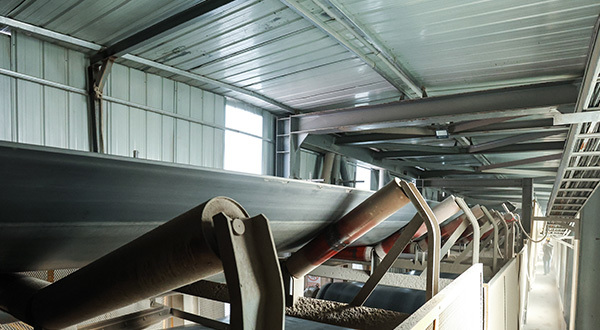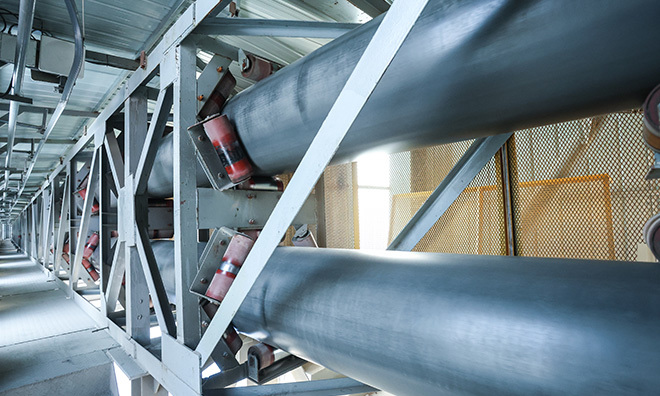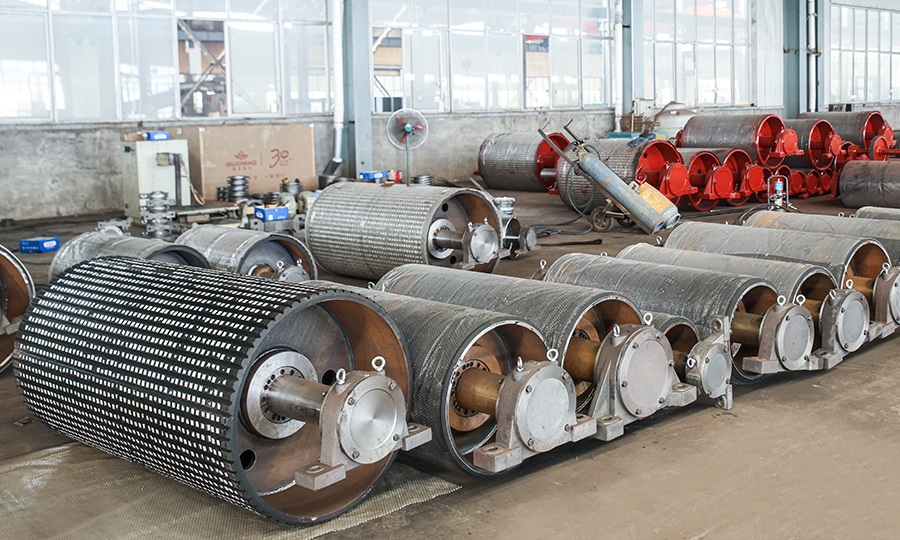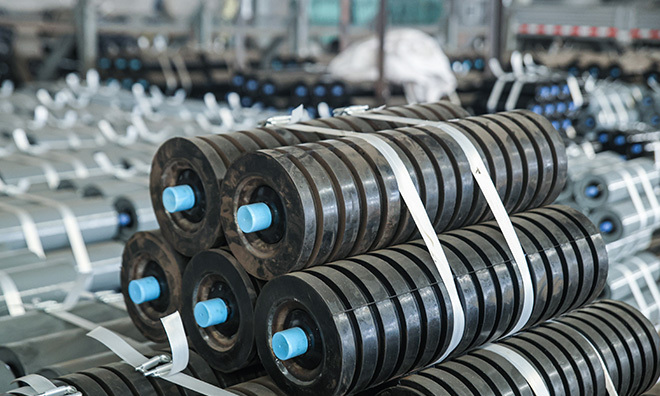Characteristics, Classification and Design Basis of Conveying Machinery
2024-12-05
Characteristics, Classification and Design Basis of Conveying Machinery
Characteristics of 1. conveying machinery
Conveying machinery is a kind of mechanical equipment used for continuous conveying of materials. Its main features include:
1. Efficiency: Conveying machinery can realize continuous and efficient material transportation, reduce the residence time of materials in the transportation process, and improve production efficiency.
2. Stability: The conveying machinery runs smoothly, which can realize the stable transmission of materials during the conveying process and reduce material damage and spillation.
3. Flexibility: The conveying machinery can be flexibly configured according to actual needs, which is suitable for the conveying needs of a variety of materials.
Classification of 2. conveying machinery
According to different structures and uses, conveying machinery can be divided into many types, mainly including:
1. Belt conveyor: Use conveyor belt for material transportation, suitable for horizontal or inclined transportation.
2. Screw conveyor: the use of spiral blades to promote material transport, suitable for powder, granular material transport.
3. Bucket conveyor: use bucket for material lifting and conveying, suitable for vertical or inclined conveying.
4. Chain conveyor: the use of chain and hopper for material transport, suitable for long-distance, large capacity transport needs.
5. Pneumatic conveyor: the use of air pressure for material transport, suitable for powder, particles and small pieces of material transport.
3. design basis
In the design and selection of conveying machinery, the following factors should be considered:
1. Material characteristics: including the shape, size, density, humidity, etc. of the material to select the appropriate conveying method and equipment structure.
2. Production environment: consider the layout of the production site, space constraints and other factors to determine the appropriate length, width and configuration of the conveyor.
3. Conveying requirements: Determine the conveying volume, conveying speed and other parameters according to the production requirements to select the appropriate conveyor type and specifications.
4. Safety and reliability: Ensure the safety and reliability of the conveyor during operation, and comply with relevant standards and specifications.
5. Cost and maintenance: consider the acquisition cost of equipment, operating costs and maintenance costs, choose cost-effective conveying machinery.
In short, conveying machinery has the characteristics of high efficiency, stability and flexibility, and is widely used in various industries. In the design and selection, according to the material characteristics, production environment, transportation requirements and other factors to consider.
Key words:
Conveyor
Related News
Development of Conveyor at Home and Abroad
2024-05-22
Belt conveyor drive and reducer failure
2024-05-22
Use and Maintenance Management of Roller Conveyor
2024-05-22


